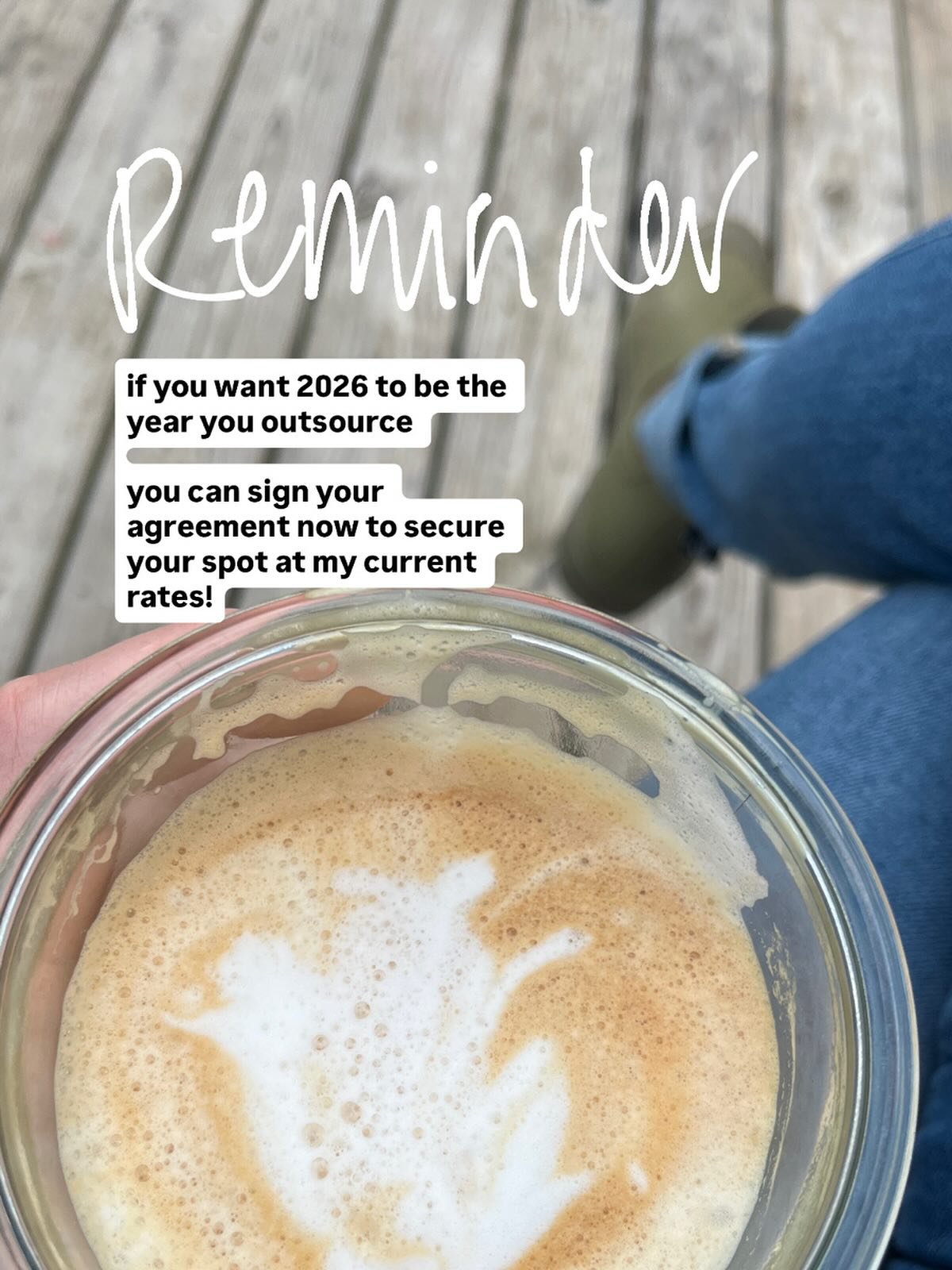How to Actually Read Your Profit and Loss Statement
Your P&L isn't just a report your bookkeeper sends you every month. It's a scorecard for your business. But most people open it, stare at the numbers for about 30 seconds, and then file it away in a folder they'll never look at again.
Financial reports feel intimidating. But your P&L is one of the most useful tools you have as a business owner, and once you know what you're looking at, it's actually not that complicated.
What Even Is a Profit and Loss Statement?
A P&L (also called an income statement) shows you how much money your business made and spent over a specific period of time—usually a month, quarter, or year.
Think of it like this: if your business were a person, the P&L would show you what they earned at their job, what they spent on rent and groceries, and what was leftover at the end of the month.
That's it. That's the whole concept.
The Three Main Parts You Need to Know
Every P&L breaks down into three sections, and they always appear in the same order.
Revenue (AKA Income)
This is all the money that came INTO your business during the time period. Sales, client payments, service fees—whatever you charge for, it goes here.
Your revenue should always be at the top of your P&L. It's the starting point for everything else.
What to look for: Is your revenue consistent month-to-month, or are you seeing big swings? Are certain services or products bringing in way more money than others?
Cost of Goods Sold (COGS)
This section shows what it cost you to actually deliver your product or service. For product-based businesses, this is the cost of materials and inventory. For service-based businesses, it might be contractor fees, software you use to deliver client work, or payment processing fees.
Not every expense goes here—only the ones directly tied to making or delivering what you sell.
What to look for: Is your COGS creeping up? That might mean your margins are shrinking, which is a problem you'll want to catch early.
Gross Profit
This is your revenue minus your COGS. It tells you how much money you have left over after covering the direct costs of doing business. This number matters because it shows you whether your pricing actually makes sense. If your gross profit is too low, you might be undercharging or overspending on delivery.
Operating Expenses
Here's where all your other business costs show up. Rent, software subscriptions, marketing, payroll, insurance, office supplies, legal fees—basically everything that keeps the lights on but isn't directly tied to delivering your product or service.
What to look for: Are there expenses here that you forgot you were paying for? (Spoiler: there probably are.) This section is where you'll find subscriptions you don't use anymore or costs that have quietly crept up over time.
Net Income (aka your bottom line)
This is the final number. It's your gross profit minus your operating expenses, and it tells you whether you actually made money or lost money during that time period.
If this number is positive, congrats—you're profitable. If it's negative, you're operating at a loss.
What to look for: Consistency. One bad month happens. But if you're regularly seeing negative net income, something needs to change—either your pricing, your expenses, or both.
How to Actually Use Your P&L (Not Just Stare at It)
Most people treat their P&L like a report card they shove in a drawer. But it's not just about knowing whether you made money. It's about using that information to make better decisions.
Compare month-to-month.
Don't just look at one month in isolation. Pull up the last three or six months and see what's changing. Are your expenses going up? Is revenue staying flat? Those trends tell you a story.
Look for surprises.
If a number seems off, dig into it. Maybe you got charged twice for something. Maybe you forgot about a refund. Your P&L should make sense to you, and if it doesn't, it's worth asking questions.
Check your percentages.
It's not just about the dollar amounts—it's about how your expenses compare to your revenue. A $5,000 marketing budget might be totally reasonable if you're bringing in $50,000 a month. But if you're only bringing in $10,000? That's a problem.
Use it to plan ahead.
If you know your average monthly operating expenses, you can figure out how much revenue you need to hit to stay profitable. That's way more useful than just hoping things work out.
The Stuff People Always Get Wrong
Your bank account balance is not the same as your profit.
Just because you have money in your account doesn't mean you're profitable. You might have outstanding bills, taxes due, or money set aside for payroll. Your P&L shows you the real picture.
Not all expenses hit your P&L.
Loan payments, for example, only partially show up (the interest does, but not the principal). Same with buying assets like equipment. This is why you can't just look at your bank account and call it a day.
A profitable month doesn't mean you're safe.
If you're profitable one month but losing money the next three, you've got a cash flow problem. Consistency matters more than one good month.
You Don't Have to Be a Numbers Person to Get This
But understanding your P&L is one of those things that makes running your business way less stressful.
When you know what you're looking at, you can make smarter decisions about pricing, hiring, spending, and planning.





Hey there!
I'm Taylor—the face behind Coyne Bookkeeping. I believe your business should support your life, not take it over.
Whether you're behind, burned out on DIY, or just want someone steady providing support that actually feels helpful—you're in the right place.
Ready to stop DIY-ing your bookkeeping?
If you've been staring at QuickBooks wondering what the heck you're doing, you're not alone.
That's literally what I'm here for.








